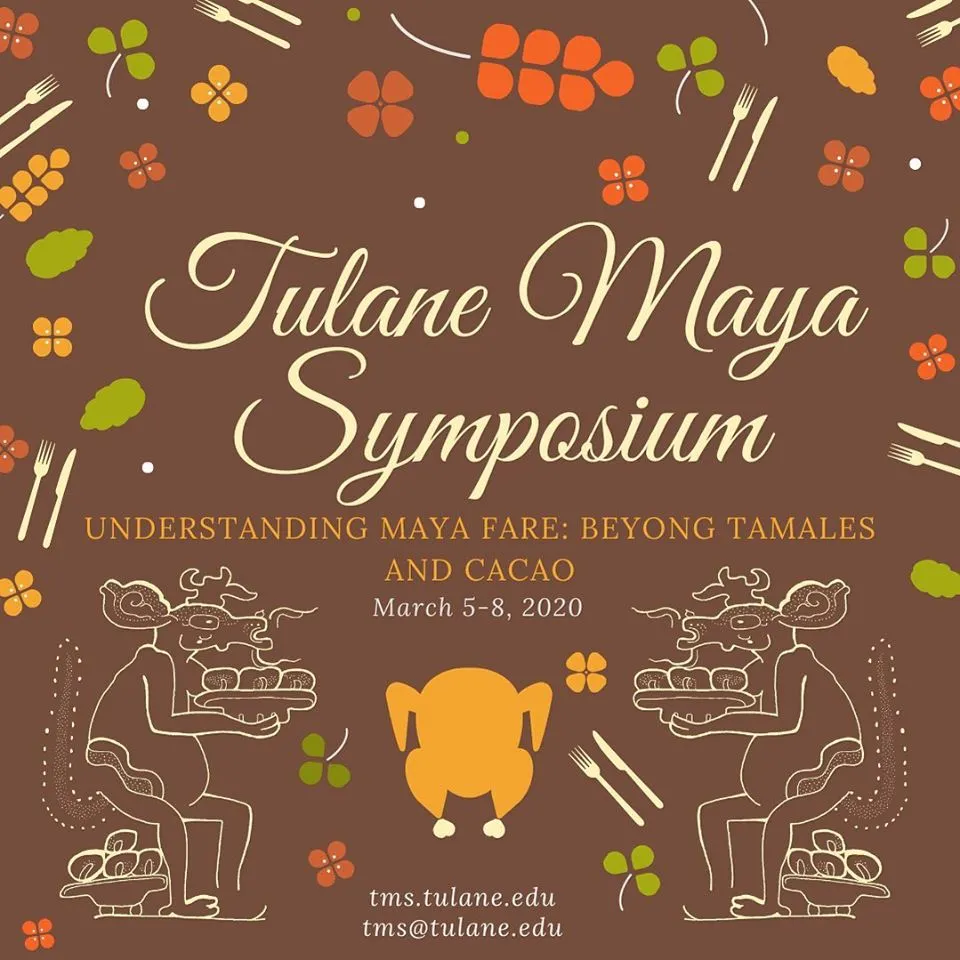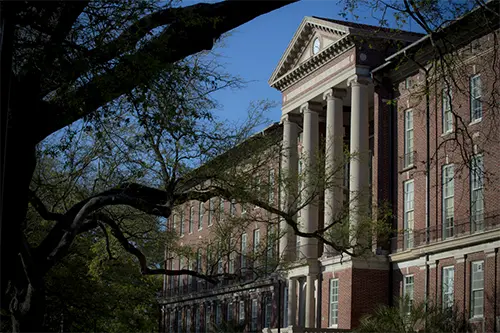
The 17th Tulane Maya Symposium (TMS), hosted by the Middle American Research Institute (M.A.R.I.), took place March 5-8 with the theme Understanding Maya Fare: Beyond Tamales and Cacao. Since 2002, this annual meeting has called upon scholars from a wide spectrum of specialties—archaeology, art history, cultural anthropology, epigraphy, history, and linguistics—to elucidate the many facets of Maya culture, ancient and modern.
The symposium, which is composed of a series of talks and workshops by guest speakers and Tulane professors over the course of four days both on the university campus and beyond, attracts a diverse audience including Tulane undergraduate and graduate students, alumni, national and international scholars, K-12 educators, and people interested in learning about Maya culture more broadly. As M.A.R.I. director Marcello Canuto explains, “Partnerships across the city have been particularly important in offering the New Orleans community an opportunity to learn about Maya culture. The New Orleans Hispanic Heritage Foundation and Mexican Consulate of New Orleans host an exhibit or talk on the opening evening of the symposium that is free and open to the public. We also collaborate with the Stone Center for Latin American Studies by offering a workshop for K-12 educators that introduces new teaching ideas and activities on the Maya, and the New Orleans Museum of Art has kindly accommodated some of our workshops and has been the venue of our keynote talk for several years.”
More than 200 people attend events associated with the Tulane Maya Symposium every year. This year, attendees learned about the diversity of foods and drinks the Maya have and continue to consume. The keynote address by Dorie Reents-Budet, a curator of Art of Ancient Americas at the Museum of Fine Arts Boston, discussed the role of chocolate-based beverages and alcohol in ancient Mesoamerican feasts. Payson Sheets of the University of Colorado, Boulder, spoke about root crops like manioc and malanga, and flavorings like chile and achiote found at the ancient village of Joya de Ceren. The symposium also included a hands-on workshop led by Kaqchikel scholar from Guatemala Ixnal Ambrocia Cuma, where participants not only learned about the importance of maize for modern Maya communities, but also how to make their own tortillas.
This year, I had the opportunity to coordinate the Tulane Maya Symposium with Canuto, who is also my doctoral advisor. Several anthropology Ph.D. students and I look forward to the TMS every year, and I know now the detailed organization and logistics that go into a large conference such as this one. “Even as an archaeologist working in the Andes, I love attending the TMS. The keynote talk always has broader archaeological applications, and it is great to get perspectives from other world areas where I’m a little less familiar with the details of specific case studies,” said anthropology Ph.D. student Rachel Johnson.
My own doctoral research involves assessing consumption practices to define patterns of interdependence in the Lowlands region of La Corona, Guatemala. This year’s TMS not only gave me great insight into the diverse plants and animals consumed by the Maya, but I was also able to connect with different speakers beyond an organizing standpoint. I look forward to incorporating what I learned into my dissertation and to attending TMS next year.



